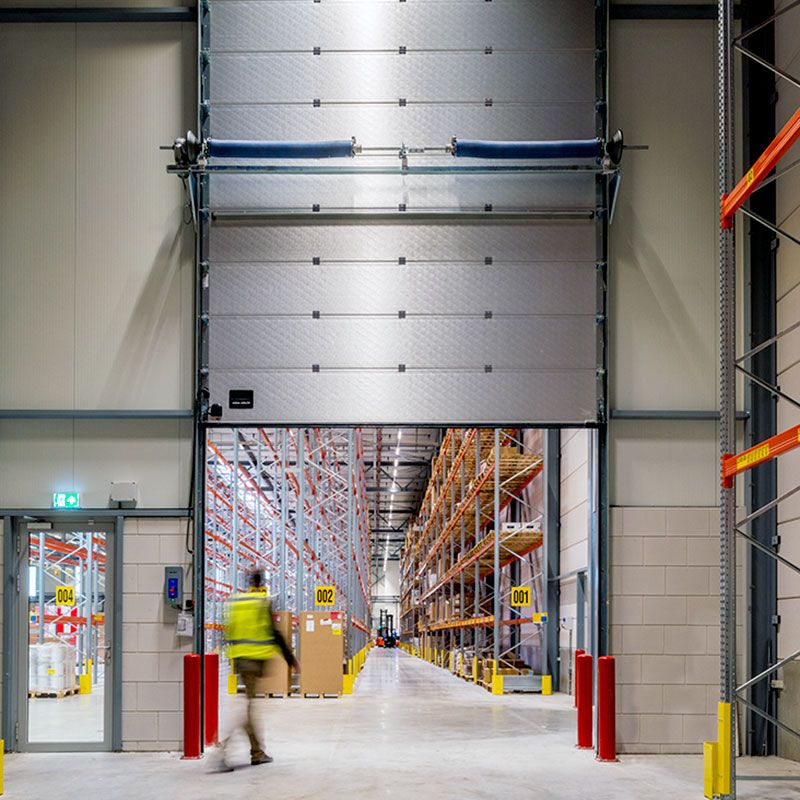Understanding the value of the CE mark
Built for safety and your peace of mind
Why should I look for the CE mark?
When it comes to automatic doors – whether for public access or industrial use – quality, safety, and reliability matter. That’s why European standards like EN 16005 (for pedestrian doors) and EN 12453 (for industrial doors) exist: they help ensure your doors are safe to use and built to last.
Choosing a certified product may cost slightly more up front, but it reflects a higher standard of engineering, testing, and long-term value. It also means you’re getting what you expect – not just a door, but a safe and high-quality solution.


What is the CE mark?
The CE mark is a legal requirement under the EU Machinery Directive (2006/42/EC) for all power-operated doors. It means the door has been:
-
Independently tested for safety and performance
-
Verified against harmonized standards
-
Approved for legal installation across the EU
When you choose a CE-marked door from ASSA ABLOY, you choose verified safety, compliance, and reliability.


Which standards apply to your automatic doors?
The CE mark isn’t just about ticking boxes. It tells you the product was developed and tested according to essential EU standards for safety, quality, and durability
| Standard | Applies To | Includes These Doors |
| EN 16005 | Pedestrian automatic doors | Sliding, swing, revolving, folding and balanced doors |
| EN 12453 | Industrial/commercial/garage doors | Loading docks, warehouses, hangars |
The real value of compliance
When you invest in a CE-marked doors, you're not just ticking a box - you're investing in safety, reliability, and long-term confidence.
✅ Safer environments - Built-in safety features protect people and prevent accidents.
✅ Lower risk exposure – Choosing compliant products shows due diligence and helps you avoid costly claims or fines.
✅ Peace of mind for the future – Certified systems are designed for reliability and long-term performance.
Who should look for the CE mark?
Whether your building is a hospital, office, retail center, transport hub, or school – if it has automatic pedestrian or industrial doors, they must be CE marked.
Facility Managers
You’re responsible for safety and smooth operation. Whether you’re managing a retail entrance or a warehouse dock, make sure every door meets the right standard and carries the CE mark.
Building Owners
Compliant doors help future-proof your property, reduce legal risk, and support sustainability goals. It’s one of those details that pays off long-term.
Architects & Specifiers
Code compliance matters just as much as aesthetics. Be sure EN 16005 or EN 12453 is written into your specs for a seamless project approval.
Questions we hear all the time
Let’s make compliance simple
If your facility uses automatic pedestrian or industrial doors—whether it’s a school, retail center, airport, or factory—they need to be CE-marked. And you need to be sure you’re meeting legal, safety, and operational standards.





